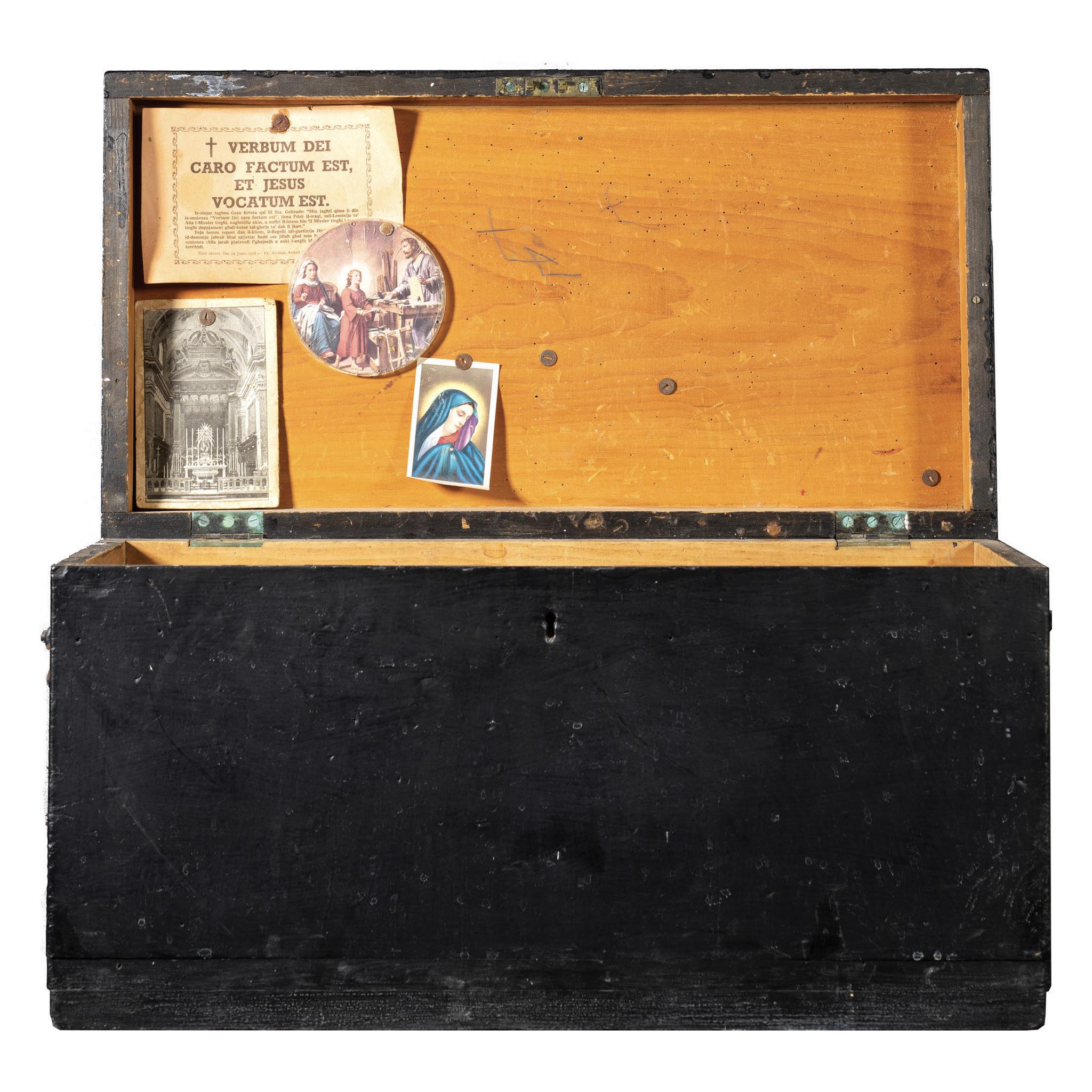During the Industrial Revolution, the Royal Navy invested in Malta, building an Admiralty Dockyard and an industry geared around supporting their Mediterranean Fleet, which ruled the waves around the globe. The introduction of steel and machinery led to the collapse of the shipyards owned by Maltese entrepreneurs, but ushered in a new period of more contemporary shipbuilding. This needed a substantial Maltese workforce and altered the demographics of the Three Cities. The British proposal to transform the area to accommodate drydocks, workshops, a foundry, the bakery, and other amenities shows up in the 19th-century topographical proposal model of the Three Cities.
This industry gave Maltese youths the chance to become apprentices, learn a trade and build a career as dockyard workers. To illustrate this, examples of apprentice projects, toolboxes and personal tools that were made during the apprenticeship are exhibited. The Dockyard developed into a significant industry that provided an income for thousands of locals and their families for decades.







